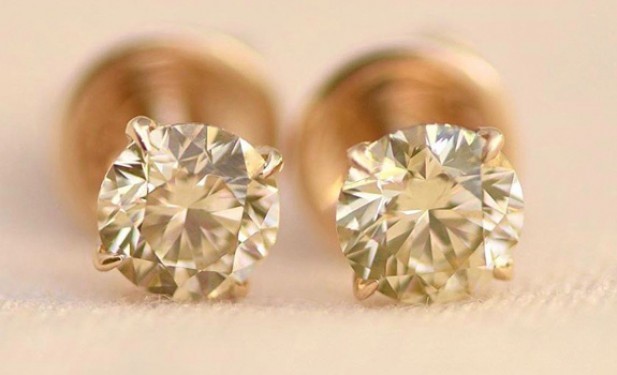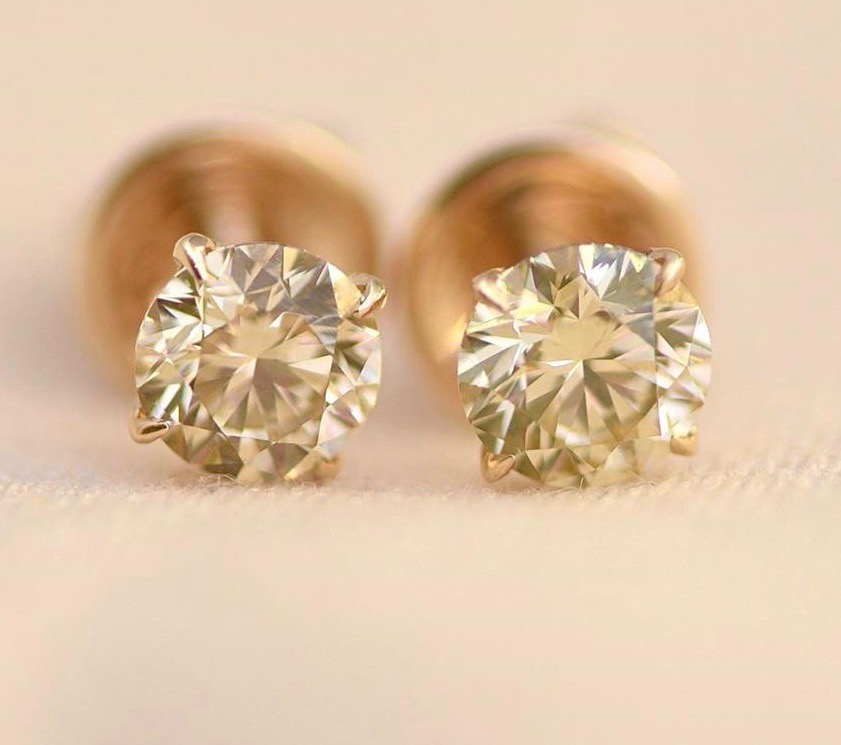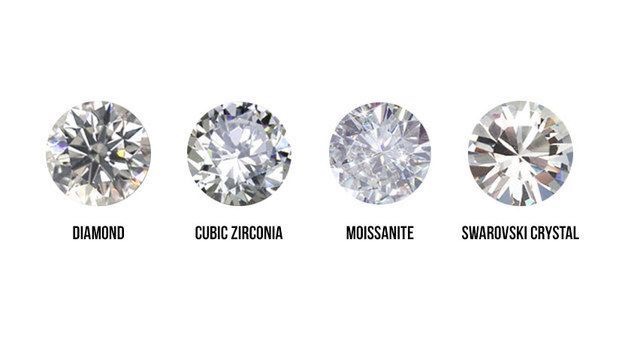



Zircon and cubic zirconia are completely different things, however they are constantly confused with each other.
Let's figure it out.
There is a natural stone zircon and there is an artificial stone cubic zirconia.
In 1968, imitation diamond was invented, which had a high density, solidity, resistance to chemical attack and the ability to refract light.
It was phianite (cubic zirconia), which got its name from the place of its creation – FIAN (Russian ФИАН) after P.N. Lebedeva (Physical Institute of the Academy of Sciences)
Phianite (cubic zirconia) is an artificially grown crystal of zirconium dioxide, while zirconium is a metal, an element of the periodic table (Mendeleev table).
In the English version, it sounds like cubic zirconia, leading to the confusion with zircon.
Zircon is a natural stone with excellent dispersion (multicolored luster) and thus is a reminiscent of a diamond.
However, it is not so common in nature, and it is quite expensive.
In chain stores, in 99% of cases, when they say that certain jewelry is with a ZIRCON, they mean CUBIC ZIRCONIUM or PHIANITE.
Natural zircon has absolutely nothing in common with cubic zirconia.

So:
Zircon is a natural stone,
Zirconium is a metal, element of the periodic table (Mendeleev table), from which cubic zirconia is obtained
Cubic zirconia is the synthesized stone itself – phianite